Related Research Articles

The House of Orsini is an Italian noble family that was one of the most influential princely families in medieval Italy and Renaissance Rome. Members of the Orsini family include five popes: Stephen II (752–757), Paul I (757–767), Celestine III (1191–1198), Nicholas III (1277–1280), and Benedict XIII (1724–1730). The family also included 34 cardinals, numerous condottieri, and other significant political and religious figures. The Orsini are part of the Black nobility who were Roman aristocratic families who supported the Popes in the governance of the Papal States.

Giovanni Paisiello was an Italian composer of the Classical era, and was the most popular opera composer of the late 1700s. His operatic style influenced Mozart and Rossini.

Luca Giordano was an Italian late-Baroque painter and printmaker in etching. Fluent and decorative, he worked successfully in Naples, Rome, Florence, and Venice, before spending a decade in Spain.

Pietro Alessandro Guglielmi was an Italian opera composer of the classical period.
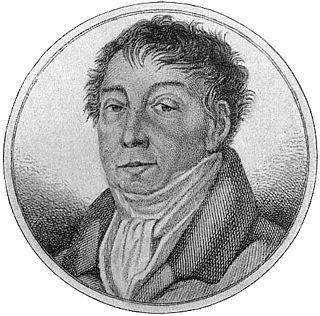
Luigi Marchesi was an Italian castrato singer, one of the most prominent and charismatic to appear in Europe during the second half of the eighteenth century. His singing was praised by the likes of Mozart and Napoleon.

Christopher Hewetson (c.1737–1798) was a neoclassical sculptor of portrait busts. Born in Ireland, he was active in Rome.

Johannes Stradanus was a Flemish artist active mainly in 16th-century Florence, Italy. He was a wide-ranging talent who worked as an easel and fresco painter, designer of tapestries, draughtsman, designer of prints and pottery decorator. His subject range was varied and included history subjects, mythological scenes, allegories, landscapes, genre scenes, portraits, architectural scenes and animals. After training in his native Flanders, he left his home country and ultimately settled down in Florence, Italy. He became a prominent court artist to the Medici during the second half of the 16th century and worked on the many decorative projects of the court. Stradanus also produced large altarpieces for the most important churches in Florence.
Events from the year 1730 in art.
Events from the year 1734 in art.

Paolo Burali d'Arezzo was an Italian priest of the Theatine Order, a bishop, and cardinal of the Roman Catholic Church. His legal skills made him a prominent figure in the law courts of Naples, and then in the councils of government as a defender of the rights of citizens. He abandoned his career to pursue a calling to the religious state, where he became a leader in the Theatine Order. Pope Pius V elevated him to the cardinalate in 1570. He was considered a candidate for the Papacy in 1572, but his stern character did not recommend him to the electors. The new Pope, Gregory XIII, then promoted him to be the Archbishop of Naples, where he served from 1576 to 1578. After his death, he was recognized as beatified and worthy of official recognition by the Church.

Lodovico Leoni (1531–1606) was an Italian painter of the Renaissance period, mainly active in Rome. He was also a medallist, and coin-engraver. Other sources cite his name as Luigi Leone
Giovanni Antinori was an Italian neoclassical architect. Employed by the papacy, he oversaw the re-erecting of three of Rome's obelisks - the Quirinale, the Sallustian and the Montecitorio.
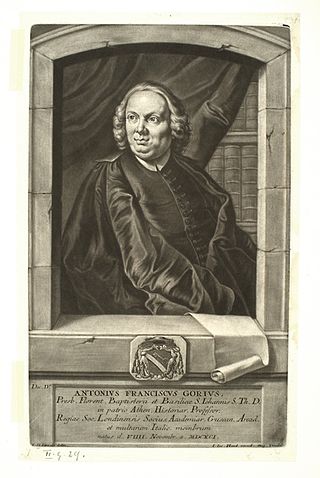
Antonio Francesco Gori, on his titlepages Franciscus Gorius, was an Italian antiquarian, a priest in minor orders, provost of the Baptistery of San Giovanni from 1746, and a professor at the Liceo, whose numerous publications of ancient Roman sculpture and antiquities formed part of the repertory on which 18th-century scholarship as well as the artistic movement of neoclassicism were based. In 1735 he was a founding member of a circle of antiquaries and connoisseurs in Florence called the Società Colombaria, the predecessor of the Accademia Toscana di Scienze e Lettere la Colombaria, to foster "not only Tuscan Poetry and Eloquence, or one faculty only; but almost all the most distinguished and useful parts of human knowledge: in a word, it is what the Greeks called Encyclopedia".
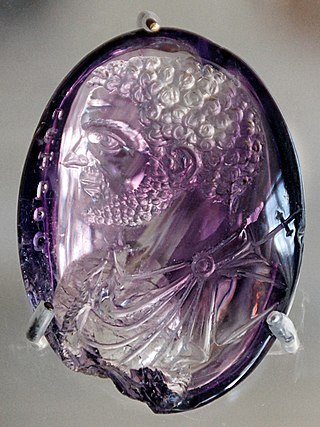
An engraved gem, frequently referred to as an intaglio, is a small and usually semi-precious gemstone that has been carved, in the Western tradition normally with images or inscriptions only on one face. The engraving of gemstones was a major luxury art form in the ancient world, and an important one in some later periods.
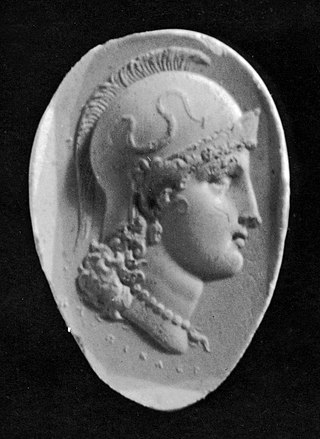
Luigi Pichler was a German-Italian artist in engraved gems.
Anton Pichler was a Tyrolean goldsmith and artist of engraved gems, and the son of a doctor.
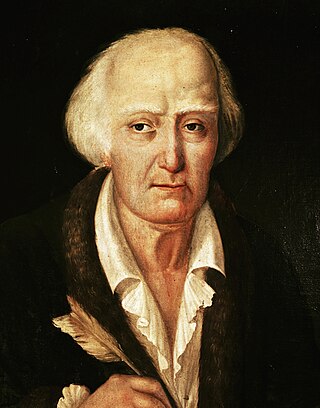
Giacomo Domenico Mario Antonio Pasquale Giuseppe Di Tritto was an Italian composer, known primarily for his fifty-four operas. He was born in Altamura, and studied in Naples; among his teachers were Nicola Fago, Girolamo Abos, and Pasquale Cafaro. Amongst his pupils were the young Vincenzo Bellini around 1821, plus Ferdinando Orlandi. He died in Naples.
Tommaso Costanzi (1700–1747) was an Italian gem engraver of the late-Baroque period.
Nathaniel Marchant (1739–1816) was an English gem engraver.
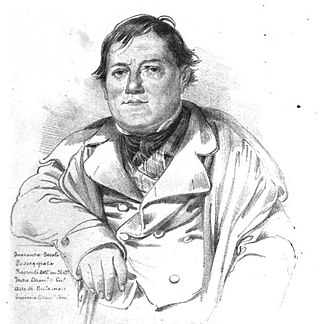
Giovanni Emanuele Bidera was an Italian writer.